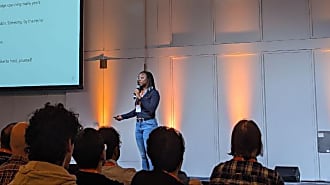toto
on 11 March 2020
TL:DR The tutorials site was refreshed. Tutorials are written in Discourse. They are then pulled and displayed on different sites: ubuntu.com, snapcraft.io, maas.io and jaas.ai.
Contributing to open source tools goes beyond writing code. Some of the best contributions simply explain to others how to use the software through tutorials and documentation.
To help communities easily create and contribute to tutorials, recent updates have been made, which have been outlined in this article.
What existed
Our tutorials were written in a git repository as markdown files, which were then converted into HTML format when building, and deployed into a nice looking website.
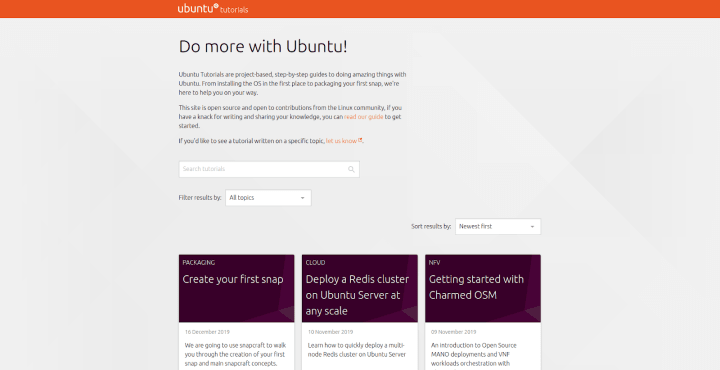
This was good, but all tutorials were aggregated in the same place and it felt complicated to link it to other sites like snaps, juju or maas.
This process meant that in order to contribute, technical knowledge around using git, making code proposals, etc, was required.
From a user that just wants to share a few tips, to a technical writer that wants to provide in-depth tricks, tutorials should be written by everyone.
What works for documentation
Discourse is a platform made for community discussions. One of the uses of the platform is documentation management. To make it easier for communities to stay up-to-date, the documentation can be modified by anyone. Once a change is made the site will pick the latest version and display it nicely in its documentation section.
For example, this post on Discourse:
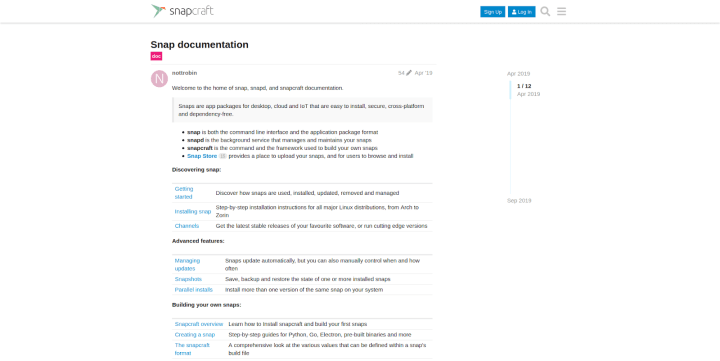
Becomes this page in snapcraft.io’s documentation:
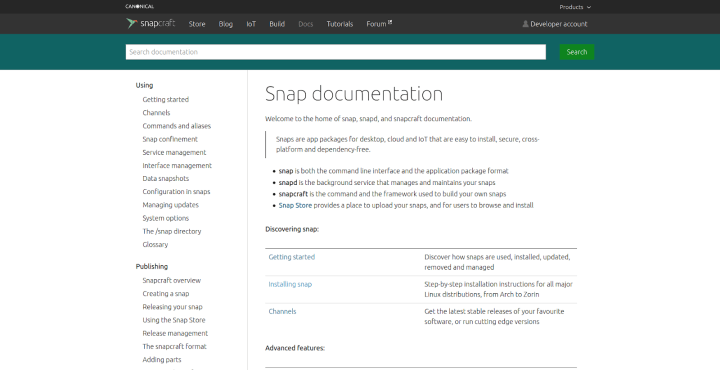
This allows contributors to have much more control over the content and removes the technical overhead of using git, building sites, etc. This makes the documentation easier to manage for the writers and the website developers, since the site gets the latest updates
It seemed quite natural to have the same process for tutorials.
What was updated for tutorials
Most of the tools have Discourse platforms of their own: snap, maas, juju and ubuntu. A new category was added to each of them, the tutorials category, with all of the existing tutorials imported into this new category
In the same way that documentation is generated, a new section on each website has been added. It pulls directly from Discourse to display a web page. You can find this section on ubuntu.com, snapcraft.io, maas.io and jaas.ai.
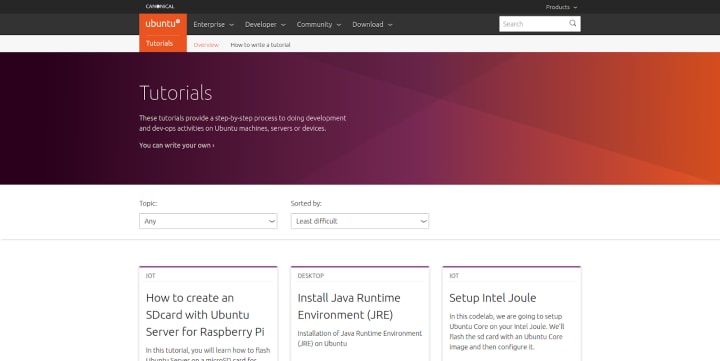
As an example this Discourse post:

Becomes this page on ubuntu.com tutorials section:
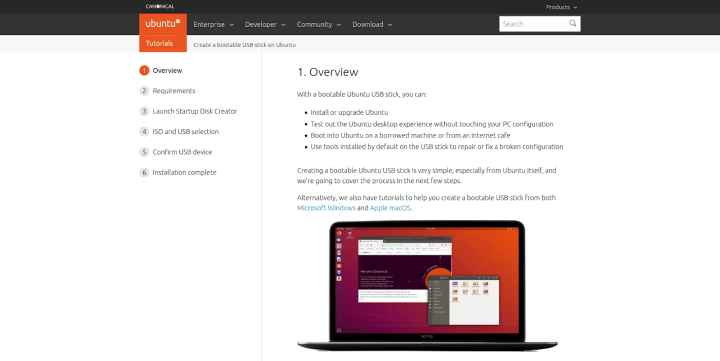
How does it work?
Most of Canonical’s websites are written in Python using the framework Flask. The webteam wrote a Python module that gets the data from the relevant Discourse and gives the right context to the HTML
What is great about it is that from now on when a new tool would require a tutorials section, it becomes very simple to integrate it in the relevant website.
We need you!
At Canonical we love to share what we learn, but we also love to hear stories from the community.
If you have anything that you would like to share as a tutorial, come and meet us in Discourse. All the information about writing tutorials can be found in this great tutorial about How to write a tutorial.


